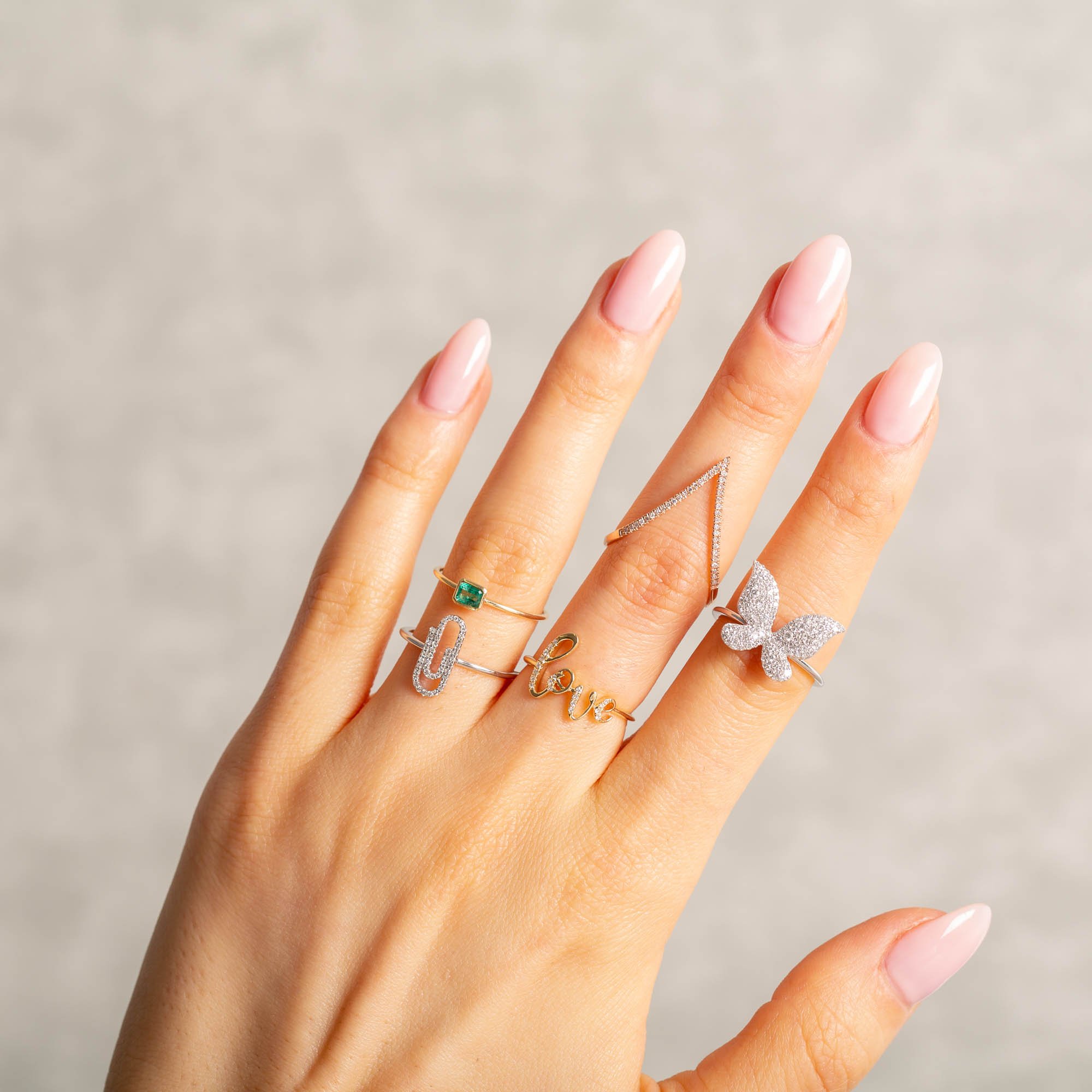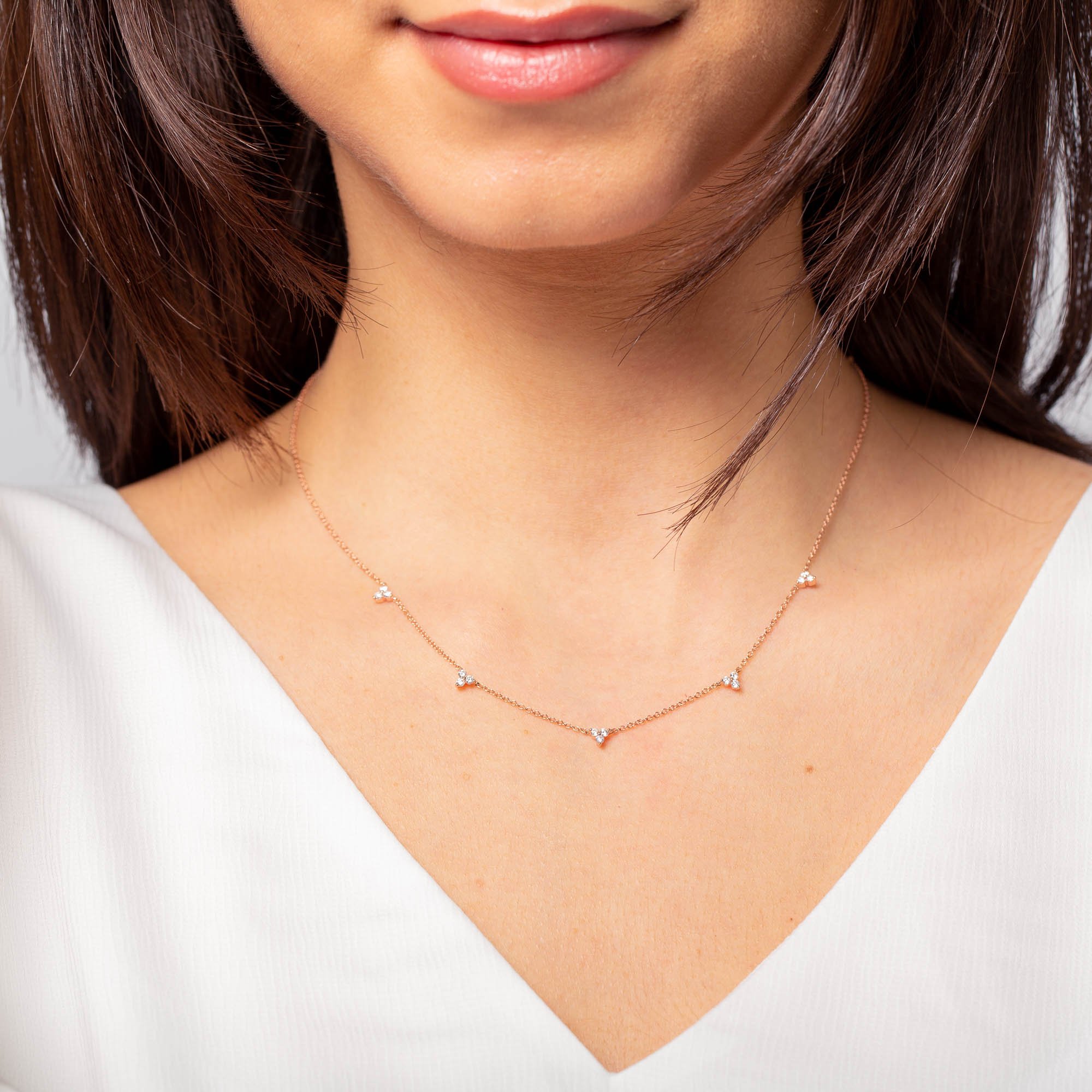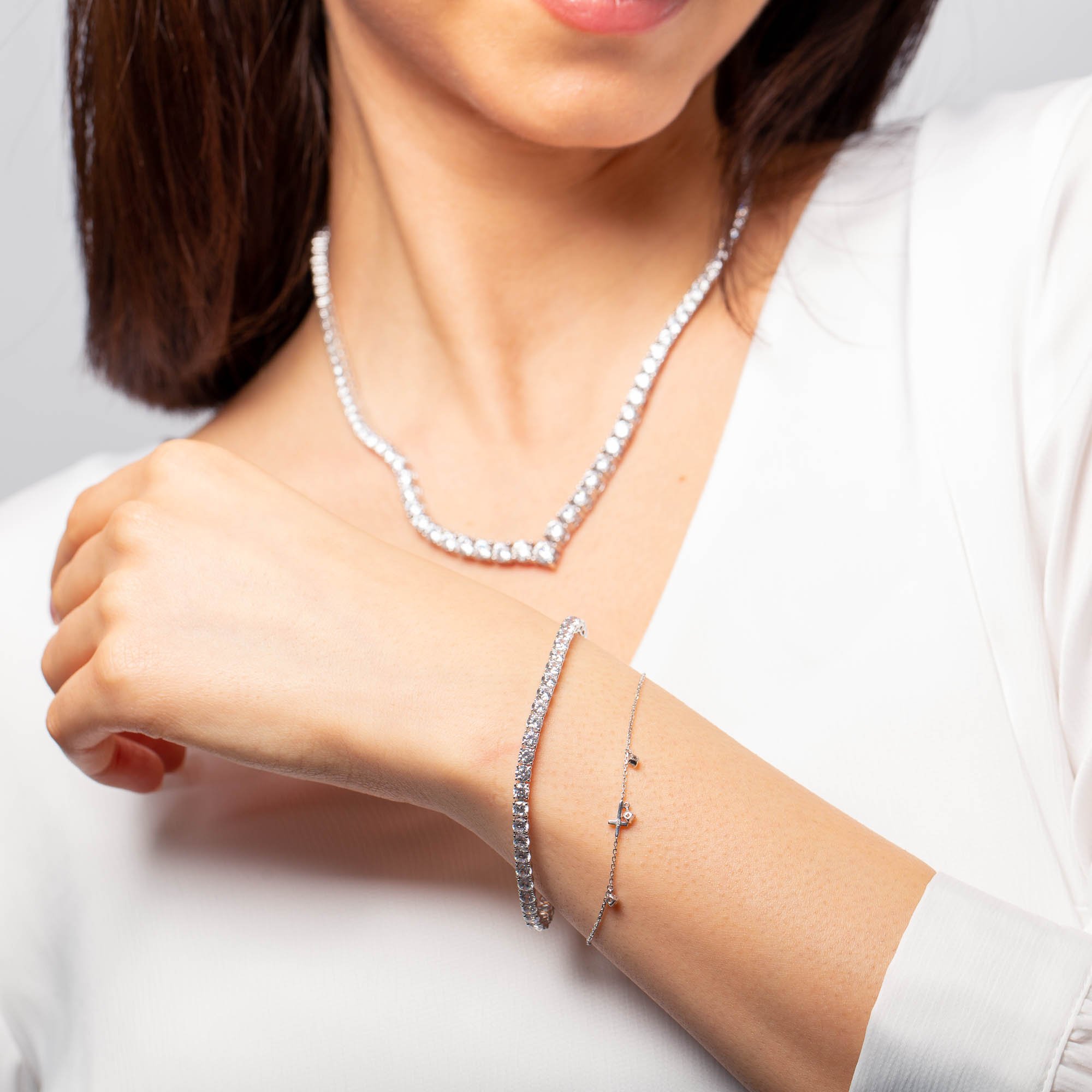Where to find out everything about jewellery & diamonds
Knowledge base
Chapter 6
Colored stones
Chapter 6
Colored stones
Agate (Chalcedony)

Hardness: 6.5 to 7 on Mohs scale
Toughness: Good
Agate is a type of fine-grained chalcedony, a variety of quartz, and has been one of the earliest-known gemstones. It traces its use back more than 3,000 years to ancient Egypt, where it was utilized for adornment. Many cultures have valued agate throughout history, believing it held powerful properties. The ancient civilizations used it in talismans and amulets, believing it would grant the wearer a courageous heart and peaceful dreams. In Roman times, agate was carved into seals, while during the 19th century, Victorian designers favored it for intricate cameos.
What makes agate stand out from other forms of chalcedony is its unique appearance. It often exhibits striking bands or layers of color, arranged in curved or angular patterns. These markings can be a mixture of translucent or opaque bands and vary greatly in color, often creating visually appealing designs. Some agates display patterns resembling moss, ferns, or even entire landscapes, while others showcase simpler, clean stripes with two or more colors.
Primary Sources
Agate is mined in several regions worldwide, with significant sources located in:
- Brazil
- India
- Madagascar
- Mexico
- The United States
- Uruguay
Hardness and Durability
Agate scores between 6.5 and 7 on the Mohs hardness scale, making it a relatively hard gemstone suitable for various types of jewelry. It also has good toughness, making it resistant to breaking or chipping under most normal conditions.
Popular Varieties:
- Eye Agate: Characterized by concentric circular bands.
- Landscape Agate: Chalcedony with patterns that resemble scenic landscapes.
- Fire Agate: Exhibits a play of colors due to light interference from its internal layers.
- Dendritic Agate (Scenic Agate): Translucent and often colorless or white, featuring markings that look like tree branches, ferns, or moss.
- Iris Agate: Semi-transparent to translucent, showcasing iridescent colors when light is transmitted through thin slices.
Stability
Agate has mixed stability based on environmental factors:
- Heat: Can alter its color.
- Light: Remains stable when exposed to light.
- Chemicals: Hydrofluoric acid can attack the gemstone, and dyed varieties may also be susceptible to chemical damage, particularly from nitric acid.
Treatments
Agate often undergoes various treatments to enhance its color and appearance:
- Dyeing: A common method to improve or intensify its color. This process is generally stable but may fade or be removed with certain chemicals.
- Heating: Another prevalent treatment used to improve the gem's color. This process is considered permanent.
Care and Cleaning
Agate requires careful cleaning to preserve its beauty:
- Steam Cleaning: Not advised.
- Ultrasonic Cleaning: Also not recommended due to potential damage.
- Warm, Soapy Water: The safest and most effective cleaning method.
Agate’s widespread use, distinctive appearance, and durability make it a favorite among jewelers and gem enthusiasts alike. Though its colors and patterns vary greatly, this variation is what gives agate its charm and appeal.
Alexandrite (Chrysoberyl)

Hardness: 8.5 on Mohs scale
Toughness: Excellent
Alexandrite is a rare and fascinating variety of chrysoberyl, well known for its remarkable color-changing ability. This gemstone shifts its color depending on the type of light it is exposed to, appearing green in natural daylight or fluorescent light, and transforming into a reddish-purple or brownish-red hue under incandescent light. This dramatic change in color is often described with the phrase "emerald by day, ruby by night." While other gemstones may also show color changes in response to light, alexandrite’s shift is so distinct that the phenomenon is often referred to as the "alexandrite effect."
Alexandrite was first discovered in the Ural Mountains of Russia in 1830, where its vivid colors and striking transformations captured the imagination of the people. It was named after Czar Alexander II, who was a young ruler at the time. The stone’s red and green hues echoed the colors of the Imperial Russian military flag, further increasing its popularity in Russia.
The rich deposits in the Ural Mountains produced some of the finest alexandrites, but these have long since diminished. Today, alexandrite is primarily sourced from countries like Sri Lanka, East Africa, and Brazil. While these modern sources yield some high-quality stones, they often lack the sharp color changes and vivid hues that made the original Russian alexandrites so famous. Despite this, the legendary Russian alexandrites still set the standard and can occasionally be found in antique or estate jewelry. Due to its rarity, particularly in larger sizes, alexandrite is among the most expensive members of the chrysoberyl family. It shares its place as a birthstone for the month of June alongside cultured pearls and moonstones.
Primary Sources
- Brazil
- East Africa
- Russia
- Sri Lanka
Hardness and Durability
Alexandrite is an extremely durable gemstone, with a hardness of 8.5 on the Mohs scale. It is also tough, making it an excellent choice for everyday wear.
Stability
Alexandrite exhibits strong stability across different environmental conditions:
- Heat: Resistant to heat, so it does not easily lose its color or become damaged.
- Light: Remains stable under light exposure.
- Chemicals: Shows no significant reaction to common chemicals.







